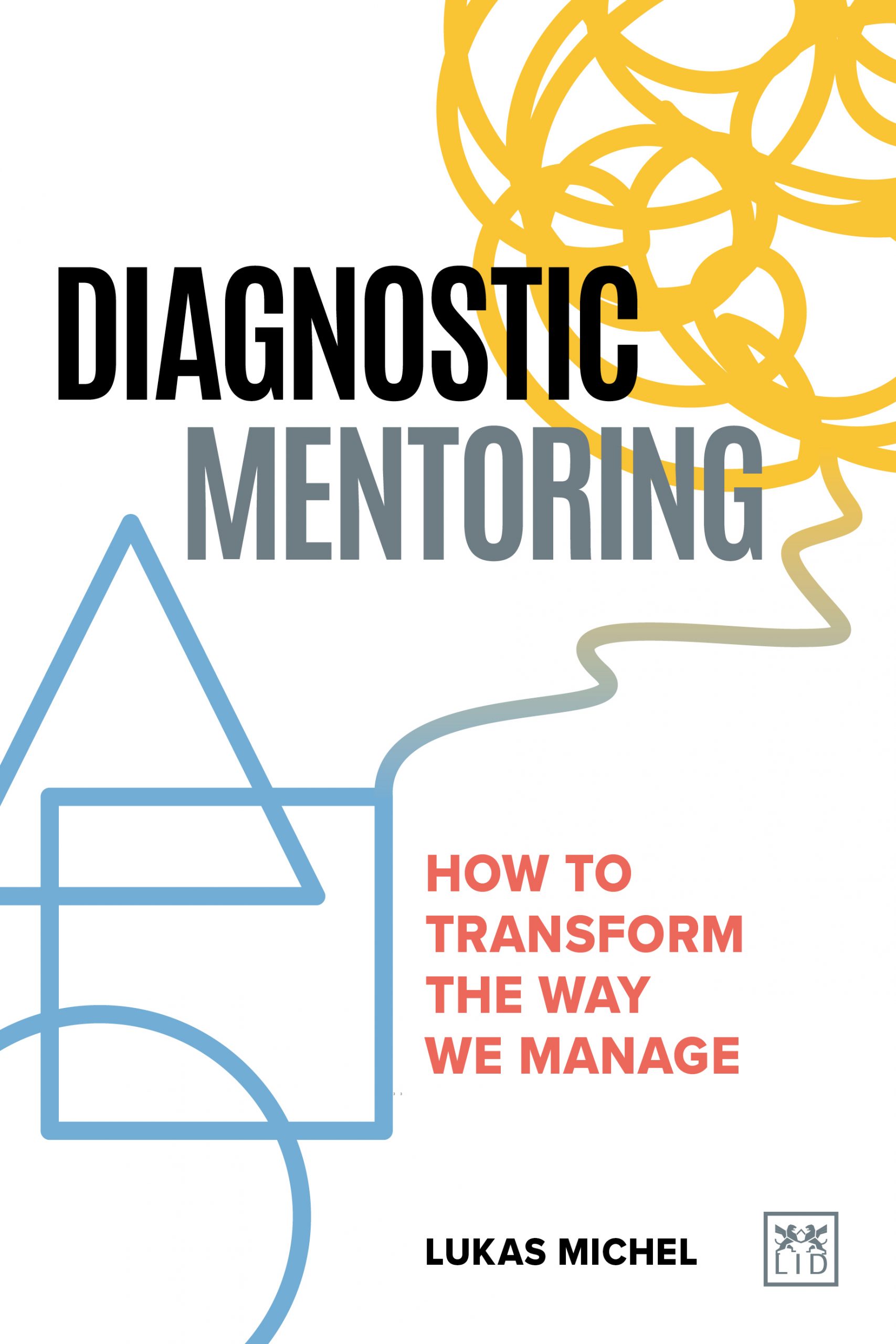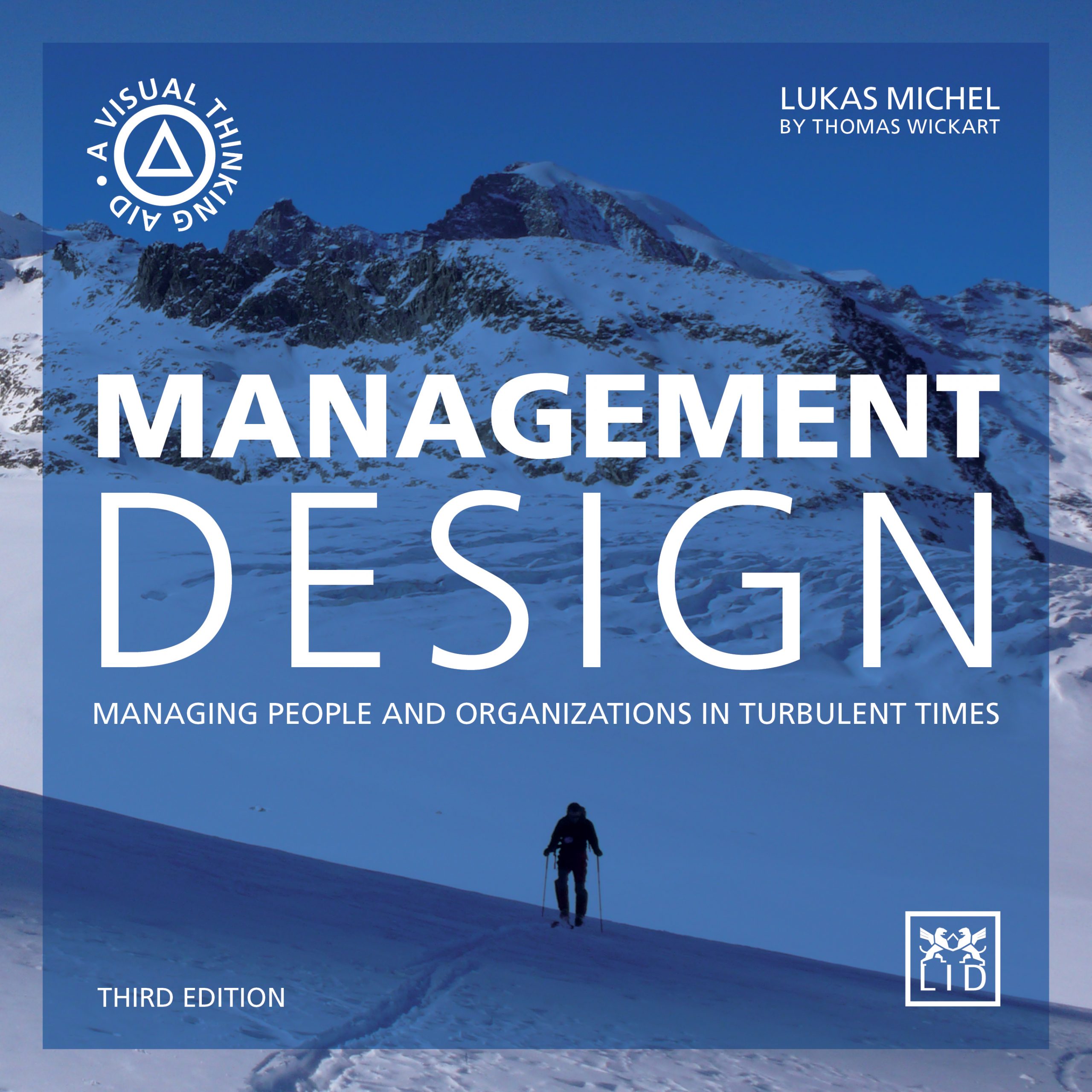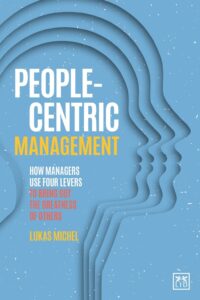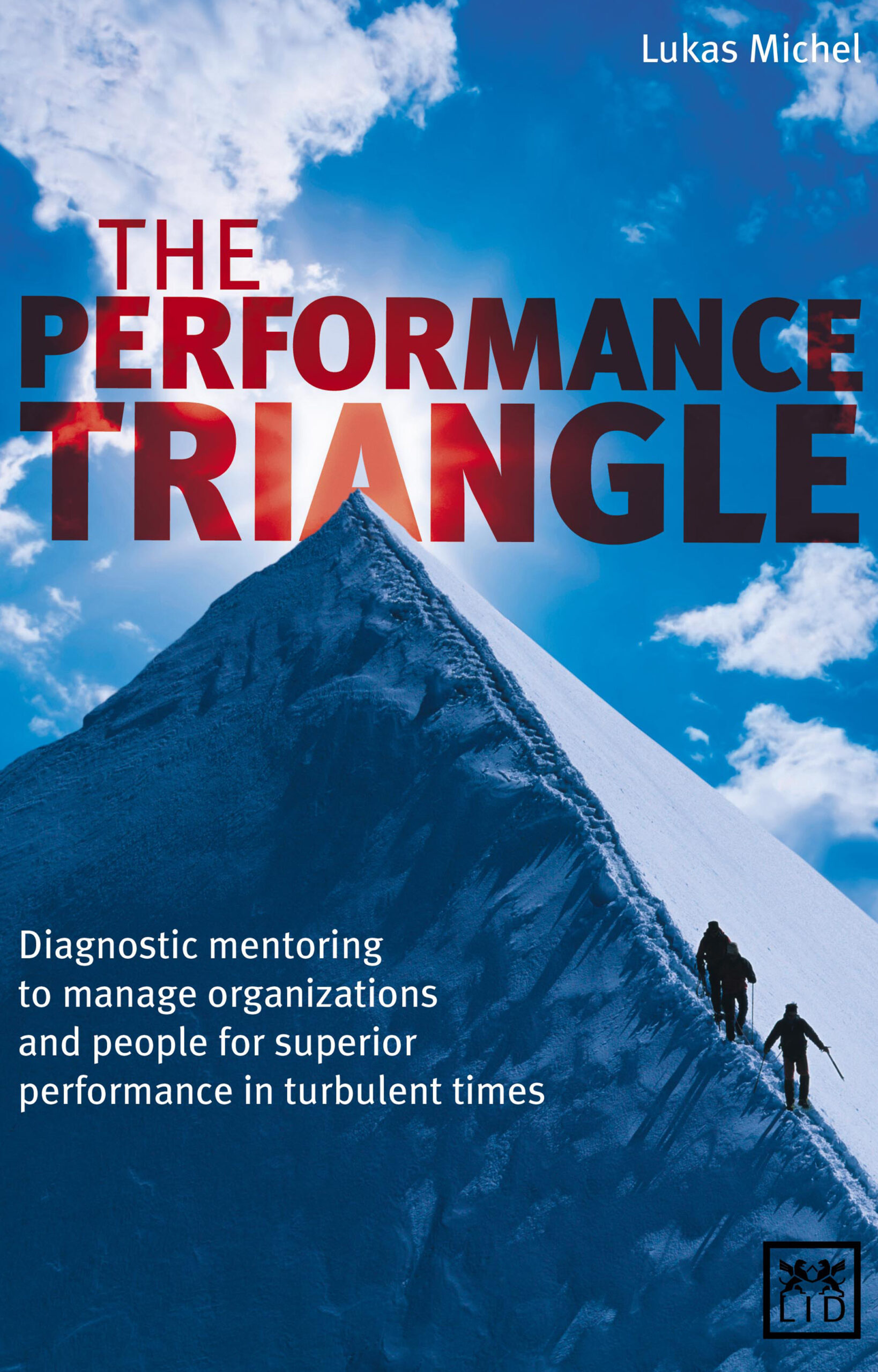|
How to transform the way we manage by Lukas Michel
By Guest Contributor Lukas Michel
Author of Diagnostic Mentoring, Management Design (3rd edition) and 3 more books on management, Lukas Michel, explains how we can transform the way we manage.
Does better management matter? This is more than a rhetorical question. Does it make a difference when it comes to success, results, performance and flow? The immediate response is yes — otherwise, why would we engage in developing better management practices?
The businesses of today operate in a context that is dramatically different from the past. Identifying valuable business opportunities and extracting value from them is more demanding than ever. Managers constantly face challenges and opportunities that fundamentally alter the context in which they operate. That is why it’s vitally important and is also their primary job to manage and lead better than ever before.
Here are 3 steps to help you transform the way you manage and help you lead your organizations and employees better.
STEP 1: Raise Awareness
Step 1 diagnoses current operations, and the context, to understand what needs to become people-centric, agile and dynamic.
Monitoring is the discipline to observe and alter capabilities. By observing (scanning) capabilities, potential faults and malfunctions can be spotted at an early stage. By becoming aware of critical signals, potential design requirements can be identified. With this, leaders can decide whether or not to address the issues. As such, monitoring initiates changes in capabilities.
This step comes with the following:
The diagnostic: a professional set of tools to review capabilities.
The executive briefing: the feedback session with the executive in charge to review the potential and sources of interference, and to challenge assumptions and principles.
The canvas: the one-page recording tool for capturing structured conversions.
STEP 2: Act on Insights
Step 2 uses the insights from the diagnostic and develops the road map action plan to develop future capabilities.
Use the team workshop and the expert briefing to move from ideas to action. The team workshop distils the gaps and key issues between current and future capabilities. The expert briefing develops the initiatives and creates the road map that translates key issues into an action plan.
STEP 3: Learn Fast
Learn fast is the step that translates action into results. It’s about the development activities that establish people-centric, agile and dynamic capabilities.
Start initiating your road map plan that was developed during the second step.
ABOUT THE AUTHOR

LUKAS MICHEL is the owner of Agility Insights AG, based in Switzerland, and CEO of the AGILITYINSIGHTS.NET, a global network of experienced business mentors. Over the course of his 40-year career, he has worked with executive teams around the world, focusing on management and agility for a diverse range of local, national,and global organizations. Lukas is the author of The Performance Triangle, Management Design, People-Centric Management and Diagnostic Mentoring.
LinkedIn: https://www.linkedin.com/in/lukasmichel/
Suggested Reading
 It’s every manager’s prime job to manage better: to change the way they lead people and how they organise work in the new (post-pandemic) business context. The book discusses the role of the operating system to do that and clarifies managerial priorities and goals. This then sets the stage for Diagnostic Mentoring – the methodology that enables the transformation of the way we manage.
It’s every manager’s prime job to manage better: to change the way they lead people and how they organise work in the new (post-pandemic) business context. The book discusses the role of the operating system to do that and clarifies managerial priorities and goals. This then sets the stage for Diagnostic Mentoring – the methodology that enables the transformation of the way we manage.
 Management in turbulent times needs greater vision and foresight. This book offers an exciting visual-thinking approach to help managers, leaders and entrepreneurs think through their options and find a way that best meets the needs of their businesses, that supports their talent to perform at their peak, and simultaneously builds the capabilities to cope with turbulent times.
Management in turbulent times needs greater vision and foresight. This book offers an exciting visual-thinking approach to help managers, leaders and entrepreneurs think through their options and find a way that best meets the needs of their businesses, that supports their talent to perform at their peak, and simultaneously builds the capabilities to cope with turbulent times.
Other books by the author
 If you have not yet experienced the benefits of agile but don’t want to miss the trend, then Agile by Choice offers a gentle introduction into the core concept and the prerequisite of people-centric management. This book offers a new way to think about how you lead people, how you use your own resources, and how you personally perform at your peak.In line with his previous books, Lukas Michel presents a diagnostic self-mentoring approach with 21 exercises for leaders to learn about agile and people centric. This book initiates the shift to strategic agility with your team to establish leadership everywhere.
If you have not yet experienced the benefits of agile but don’t want to miss the trend, then Agile by Choice offers a gentle introduction into the core concept and the prerequisite of people-centric management. This book offers a new way to think about how you lead people, how you use your own resources, and how you personally perform at your peak.In line with his previous books, Lukas Michel presents a diagnostic self-mentoring approach with 21 exercises for leaders to learn about agile and people centric. This book initiates the shift to strategic agility with your team to establish leadership everywhere.
 Today’s dynamic business environment requires new ways to man- age, lead, work, and organize. Traditional paradigms of efficiency, agency theory, transactions and scale are replaced or augmented with principles that focus on people, self-organization, and purpose for greater innovation and growth.
Today’s dynamic business environment requires new ways to man- age, lead, work, and organize. Traditional paradigms of efficiency, agency theory, transactions and scale are replaced or augmented with principles that focus on people, self-organization, and purpose for greater innovation and growth.
To expand on his previous books, Lukas Michel presents new research, practical applications and the experience with People- Centric Management, agile organization and work on the system to establish new management where people unlock their talent, master greater challenges and perform at their peak.
The book offers the legendary People-Centric Diagnostic that forces the reader to decode and rethink the many assumptions underlying their management model and systems. In combination, the people-centric model, the three-step process and action agenda will help executives establish leadership everywhere to succeed in a dynamic environment.

It is a new era. To win in an increasingly dynamic and volatile environment, leadership teams must be agile – they must be flexible enough to react to early signs and act on them quickly.
An agile company needs good decision-making at all levels – from the centre to the periphery, tapping into the full potential of the people, operating model, information technology and leadership practices. And decisions are made by people. This guide forces you to re-examine the assumptions underlying your leadership and how agility within your company can be built through a three-point, people-centric approach. The author’s insights will help you understand your options, make the choices required to successfully coach your team, and start creating agility as a competitive advantage today.
